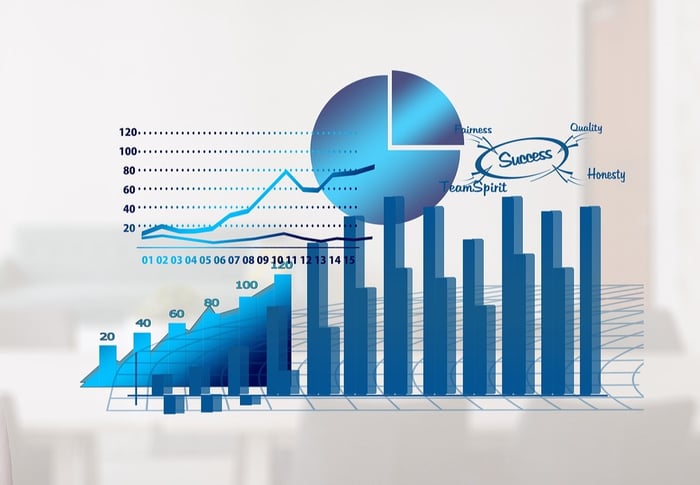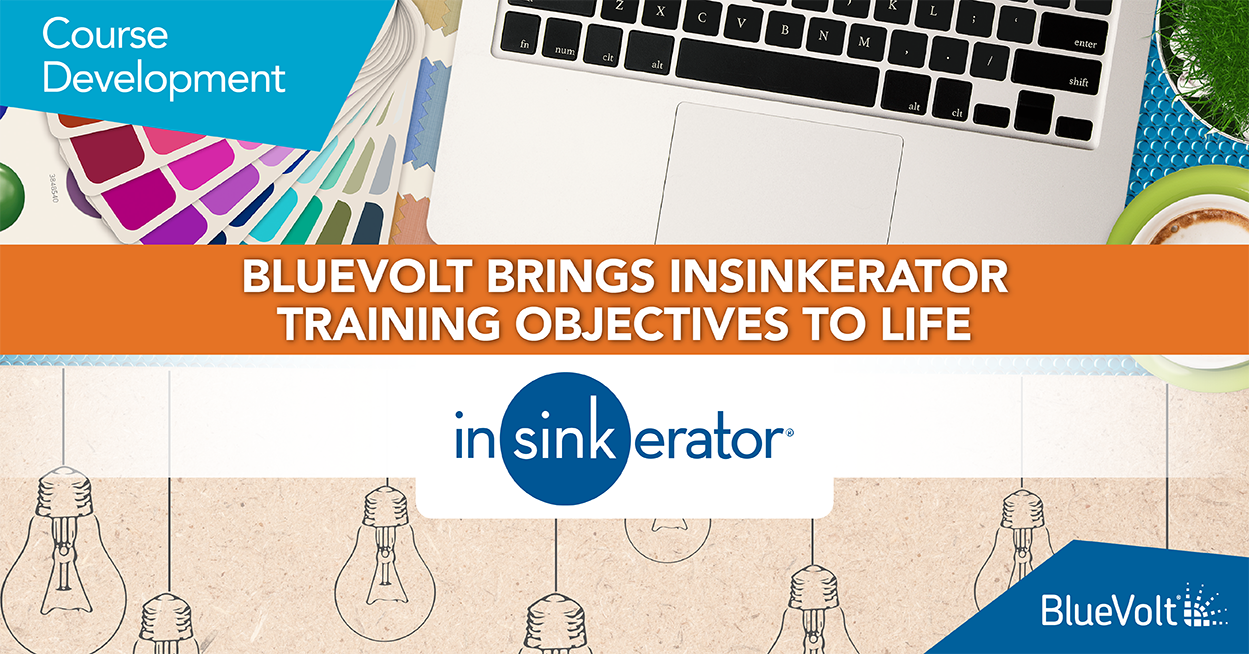 Leaders skilled in analytics may want to build out their business intelligence (BI) dashboard as quickly as possible, but faster is not always better.
Leaders skilled in analytics may want to build out their business intelligence (BI) dashboard as quickly as possible, but faster is not always better.
To build robust BI dashboards, you must consider who will use them, what those users need, and what they expect. Otherwise, you're building dashboards that no one will use.
Stronger dashboards start with solid planning.
Ensure all stakeholders are involved, including management, dashboard builders, the people who will use the dashboards, and company trainers. Throughout the planning process, make sure to address the following:
- Design fundamentals
- Visualization choices
- Continuous improvement practices
5 Dashboard Design Fundamentals
At the start of the build, define these fundamental elements:
Audience — Who will use the dashboards? What is their experience level with data? What are their business-related goals?
Content — What is the most relevant information needed without getting overcomplicated? How is it organized?
Color Choice — Using color sparingly, how will you use it to highlight critical points without distracting users?
Design Layout — What data groupings are needed? What visualizations will work best for your data types?
Fonts — What uniform font will work for everyone’s needs and the layout design?
Visualizations: Show the Data Story
Visualizations have become a favorite way to show the essential elements within any given data set. They provide at-a-glance information that’s easy to digest.
But be careful! The correct visualization can bring clarity, but the wrong one will leave your audience wondering, “Why should I care?”
When choosing visualizations, get audience feedback before you build out anything. Find out exactly what they’ll need and how they’ll leverage visuals to tell the data story.

The four most common visualizations used today include:
- Bar Charts — Great for displaying comparisons between categories or groups.
- Line Charts — Allows the audience to review continuous data over time.
- Tabular Format — Excellent for showing exact numbers, such as in PivotTables. Not great for comparisons or trending.
- Pie Charts — When you need to show the parts compared to the whole.
There are other specialized visualizations, such as funnel charts, bubble charts, and area charts, to name a few. Whichever chart you choose, make sure it answers the question, “Why should I care?”
Get Feedback for Continuous Data Improvement
Feedback serves multiple purposes. First, it gains user buy-in. If people feel their opinions matter, they are more likely to get on board, speak their minds, and change over to the new dashboard practices.
Second, getting feedback throughout every design stage allows you to use a more agile approach and make changes in-process instead of wasting time with a build that won’t work.
When asking for feedback, get helpful information by asking targeted questions:
- What information do you need to do your job effectively?
- What types of data do you need to compare?
- In what form would you like to see this data?
- What do you need or want to understand about your data sets?
Allow users to draw out the process of what data they need, where they expect to get it from, how they wish to run reports, and how they prefer to drill down into the data.
Let BlueVolt Simplify Your BI Dashboards
BlueVolt customers can review product training course data through their embedded analytics suite. Depending on your contract and data integrations, these dashboards can let you compare course data with sales data, proving the ROI of training. Contact your Customer Success Manager today for more assistance.
Not a BlueVolt customer yet? Curious about using BI dashboards with channel partner training data? Request a call and we'll be in touch.



